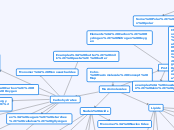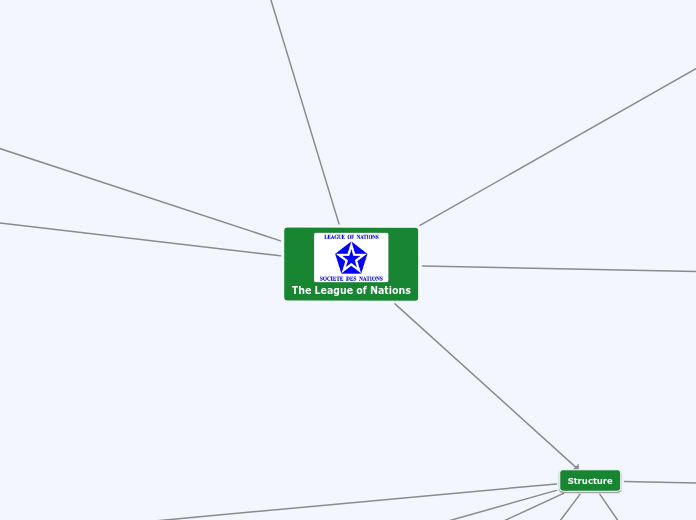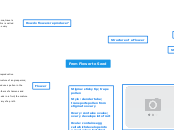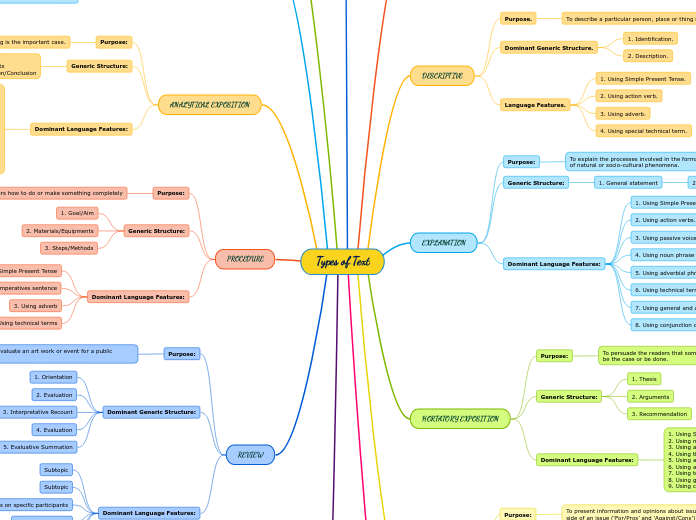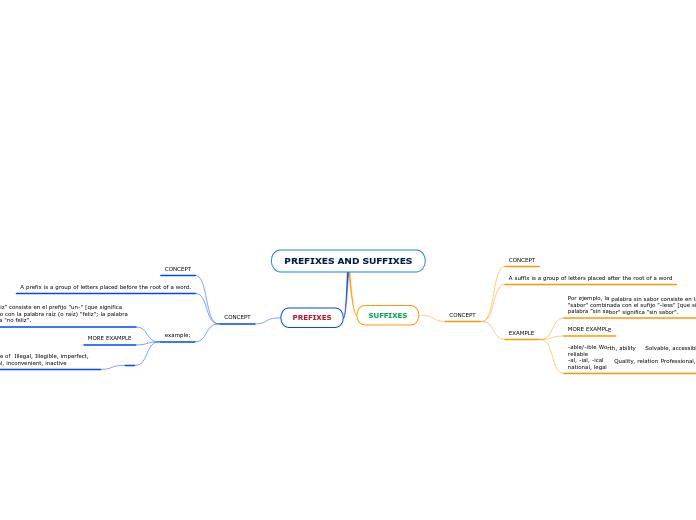av Zoe Cohn för 6 årar sedan
120
Cohn- Macromolecule Concept Map
Macromolecules are essential biological compounds that play diverse roles in living organisms. Proteins, composed of elements like carbon, hydrogen, nitrogen, and oxygen, are crucial for muscle movement, immune protection, and substance transport.
